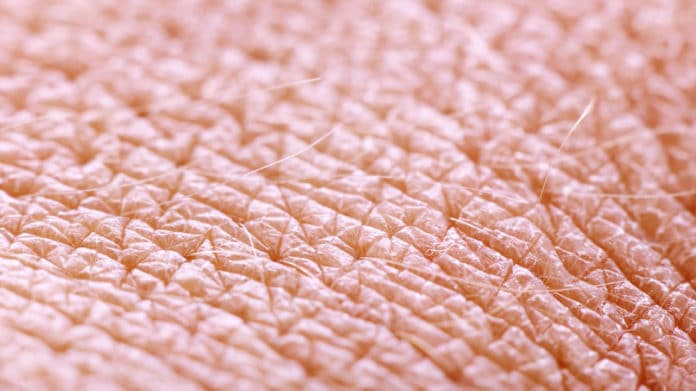Hyaline fibromatosis syndrome (HFS) is a very rare condition characterized by deposits of hyaline in the skin and various other body tissues. Hyaline, a glassy substance, aggregates in the skin and different organs and causes painful deformities that can prompt an early demise.
The disease is caused by mutation of a gene called Capillary Morphogenesis Gene 2 or CMG2. Moreover, it is abbreviated as ANTXR2 because it makes cells sensitive to anthrax infections.
In the past study, EPFL scientists had shown that the CMG2 protein interacts with collagen VI. It is also believed to regulate its concentration inside the cell. In HFS, a mutation of the CMG2 gene forestalls its protein to function, prompting the accumulation of collagen VI in organs.
In a new study, scientists have shown that CMG2 interacts with specific components of the cell’s cytoskeleton. For the analysis, scientists carefully dissected the networks connected to CMG2. They found that it binds Talin, a protein that helps to connect the critical components of the cell’s skeleton, integrin, and actin. In this way, Talin acts as the door through which CMG2 can interact with the cytoskeleton – but only when the latter is free from any ligand.
The process by which CMG2 releases talin “picks up” a cytoskeleton regulator called RhoA, as well as its effector proteins. The scientists identify the specific parts of CMG2 that are responsible for these interactions.
Scientists noted, “This explains why HFS mutations in the cytoskeleton binding domain lead to dysregulation of extracellular matrix homeostasis.”
Gisou van der Goot said, “Our findings reveal a new behavior for an extracellular matrix receptor.”
The study was performed in collaboration with the University of Geneva, EPFL Institute of Bioengineering, and the Centre Hospitalier Universitaire Vaudois/University of Lausanne.
Swiss National Science Foundation, Gelu Foundation, Francis and Marie-France Minkoff Foundation, Solis Foundation, and Associazione ISI funded this study.
Journal Reference:
- Jérôme Bürgi, A novel Talin-to-RhoA switch mechanism upon ligand binding of the collagen VI receptor CMG2. DOI: 10.1016/j.devcel.2020.04.01
